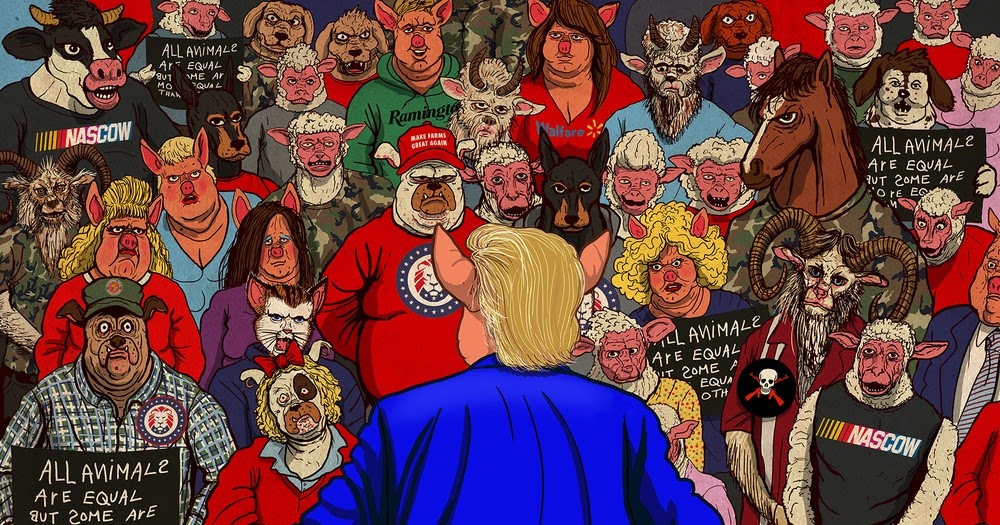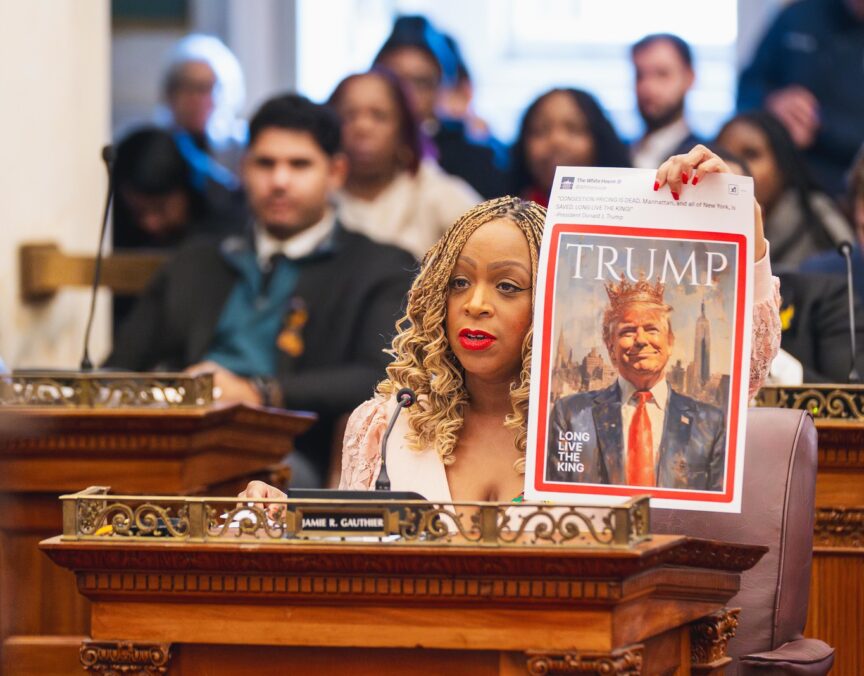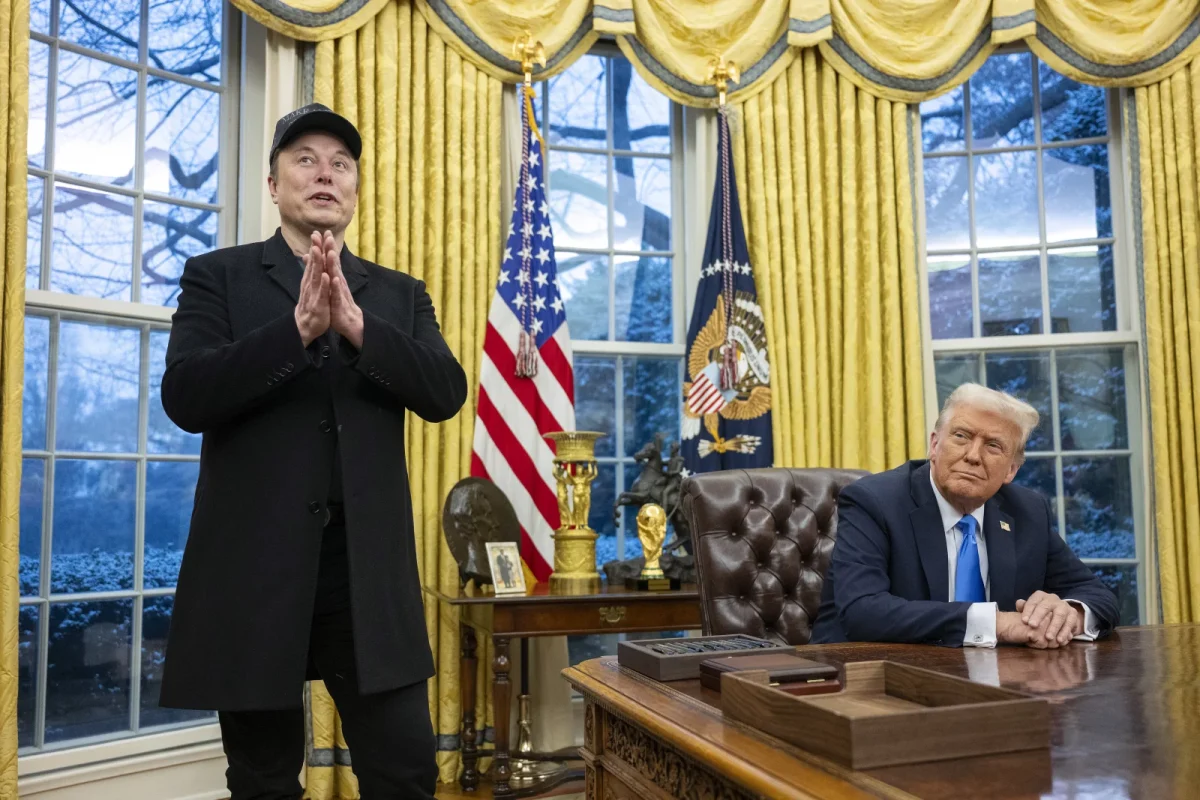It has been a common misconception for many years that the Chinese language (Mandarin) is the most difficult language to learn. Although I admit that it is by no means easy to learn, I believe that stigmatizing the Chinese language as the hardest to learn perpetuates xenophobic ideologies rooted in early immigration laws directly targeting Chinese immigrant workers. This misconception also plays into broader American propaganda efforts to seek to vilify Chinese society, ultimately deepening the divide between American and Chinese people by discouraging cultural and linguistic understanding.
When it comes to actually learning Mandarin, common concerns range from the tonality of the language, the character-based writing and the structural differences from English. The language’s four tones can be challenging to those trying to learn Mandarin because it requires them to memorize vocabulary as well as understand and be able to replicate the tones that change the word’s meaning.
Additionally, unlike alphabet-based languages such as English, Mandarin relies on thousands of characters for its writing system. However, despite these challenges, Mandarin has relatively simple grammar that lacks verb conjugations, gendered nouns and any complex present and past tense structures, which differs from many languages.
Compared to languages like Arabic with its highly inflected grammar system, Hungarian with its 18 cases or Japanese with its three systems of writing (Hiragana, Katakana and kanji), Mandarin poses rather simple ways to structure its grammar. Ultimately, the perception that Mandarin is the most difficult language to learn overlooks the comparative challenges that many other world languages pose.
This perception isn’t just a linguistic misunderstanding, it is tied to a long history of anti-Chinese sentiment in the United States. In the late 19th century, a wave of Chinese laborers migrated to the U.S. and faced extreme discrimination, culminating in the Chinese Exclusion Act of 1882. This was not only the first major federal law restricting immigration based on nationality, but also a targeted effort to break apart traditional Chinese families under the false belief that Chinese women would spread disease.
Scholar Nayan Shah highlights how Chinese and Japanese immigrants were depicted as “depraved, immoral and racially unassimilable to U.S. society,” fueling laws like the Alien Land Laws that prevented Chinese and other Asian Americans from owning land. Catholic priest Frederic Masters, after visiting Hong Kong in the late 1800s, described Chinese religious practices as “grotesque” and “degrading” — an example of how Western perspectives shaped harmful stereotypes. These early depictions of Chinese immigrants as “uncivilized” contributed to the belief that the Chinese language was incomprehensible, reinforcing the false idea that Chinese people could never fully assimilate into American society.
Our current perceptions of labeling Mandarin as an impossibly difficult language contributes to this narrative by further alienating Chinese communities and reinforcing the idea that they are fundamentally different from our American society. This continued narrative of “otherness” has persisted for decades, influencing major immigration policies and our societal attitudes. This all continues to shape our misconceptions about the Chinese language today.
Modern political narratives only deepen this divide. As economic competition and political tensions between the U.S. and China have escalated, so has the portrayal of China as a threat, often bleeding into legislative policies. For example, the proposed Stop Chinese Communist Prying by Vindicating Intellectual Safeguards in Academia Act (Stop CCP VISAs Act) would prevent Chinese students from obtaining visas to study in the U.S. under the vague justification of “security concerns.”
Part of this broader effort to distance the U.S. from China includes portraying Mandarin as an alien and impenetrable language, discouraging Americans from engaging with Chinese language and culture. This artificially limits diplomatic, economic and cultural exchanges, cutting off opportunities for meaningful cross-cultural understanding.
Reframing the narrative around Mandarin starts with recognizing its value in today’s globalized world. Economically, China is one of the largest trading partners of the U.S., as well as most of the world. A proficiency in Mandarin can open doors to new business opportunities, international law and diplomacy.
Culturally, learning the language can provide a deeper understanding of China’s rich and long history, which can help foster a mutual cultural understanding between the U.S. and China. Rather than focusing on the perceived difficulty of Mandarin, we should approach the language just like any other language: with learning strategies, techniques and practices that make the language more accessible. Studying the repetition of character writing, listening modules and conversational practice can all help ease the learning process and accelerate the number of people learning Mandarin. Encouraging curiosity with Mandarin rather than framing it as an impossible challenge can help be a bridge for an overall deeper global connection.
As someone who has studied Mandarin for the past three years here at Saint Louis University, I will not deny that it comes with its challenges. But I can also say from experience that just 30 minutes a day practicing tones and character writing can lead to major progress. I’ve found great success in the Chinese program here at SLU, where our professors, 李老师 (Yun Lee) and 书老9师 (Joy Shu Curtin) , are dedicated to their students and support their learning. As native speakers themselves, they provide valuable insight and good teaching that has helped me, as well as many other students, become conversational in Mandarin just after our first year of learning.
The idea that Mandarin is the hardest language to learn isn’t just misleading — it’s part of a deeper history of misunderstanding and division. Framing Mandarin as impossibly difficult has long been a tool for othering Chinese people, from 19th-century immigration laws to modern political tensions. This misconception discourages people from learning the language, limiting opportunities for cultural exchange and reinforcing unnecessary barriers. But the truth is, Mandarin is just like any other language — it takes effort, but it is entirely learnable. More importantly, it’s worth learning. Whether for economic, diplomatic or personal growth, understanding Mandarin fosters connection rather than division.
I encourage you to reframe your thinking on Mandarin. Instead of letting outdated narratives and fear dictate our approach to the language, we should embrace it with curiosity and an open mind. The more we engage with Mandarin and Chinese culture, the more we break down the artificial walls that have kept us apart for too long.











